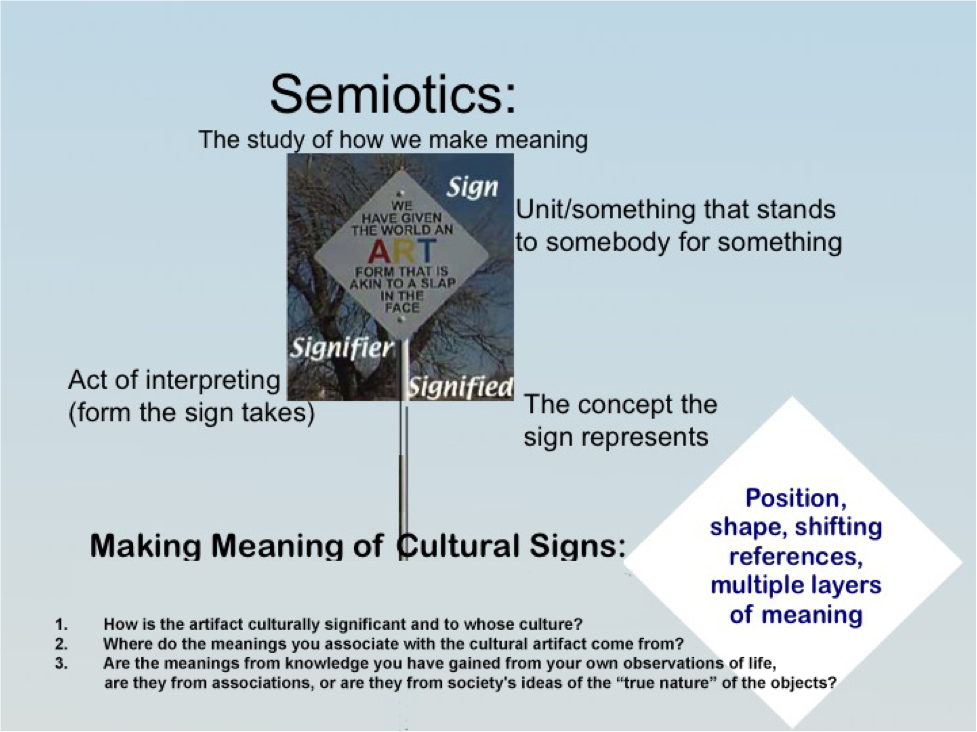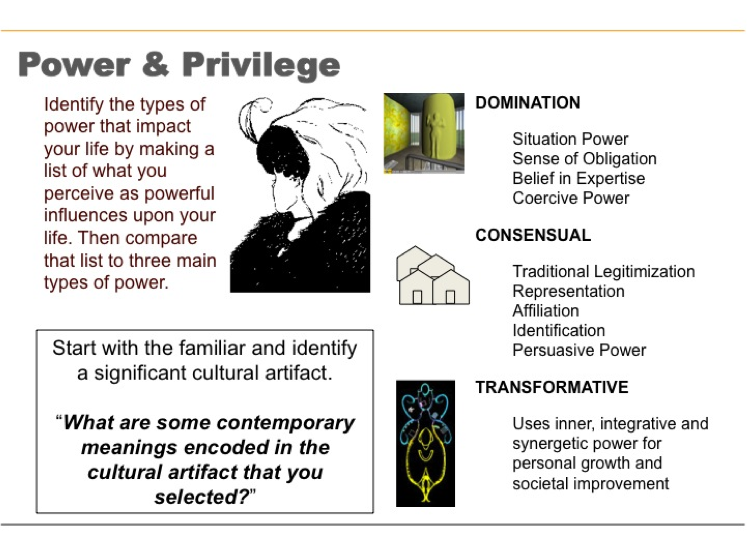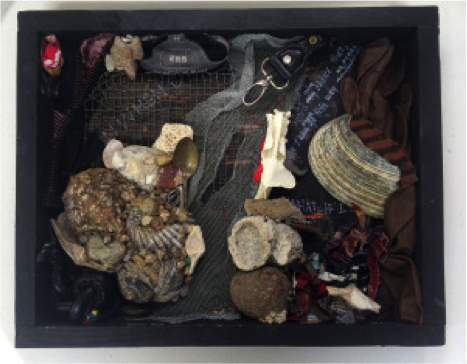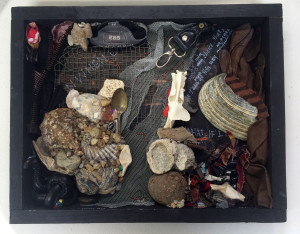Displacement from Home: What to Leave, What to Take —
Cabinets, Cupboards, Cases and Closets
Responding to the issue of migration, which has defined the 20th and 21st centuries with prolonged global flight on a massive scale, Displacement is a natural progression of Stein’s artistic projects since 9/11, in which she focused on themes of protection and victimization, power and vulnerability. Stein responds visually and viscerally with work that echoes heartbreak and hope. Anxiety and affirmation can exist simultaneously or separately: these sculptures contain metaphoric fragments left in the flight from a threatened household, and/or remnants which have been carefully, methodically, and patiently re-contextualized into new surroundings: the safe home. These varied items, significant and quotidian, adored and abandoned, are recalled as moments from daily life: neighborhood, culture – identity. Within each sculpture, there is a paradoxical combination of menace and serenity. One shelf or drawer holds haunting reminders of life, materials worn and rusted or brand new, lying around in unexpected couplings after one might have been forced to rush out the door.
Click here to see the art in this series: http://www.lindastein.com/series/displacement/
Click here for a 5-min video in which the artist discusses her Displacement series.
ENCOUNTERS with Displacement from Home
Narrative
Art teachers can guide students to investigate stories that are conveyed through visual culture, especially stories that are repeated over and over again in a culture. There is never a single story about any place or people. In this encounter, select one of the Cabinets, Cupboards, Cases, and Closets sculptures to imagine a life story situated in a community of people. With collage, drawing, and painting, create a series of artworks of people in action that includes an element of the selected art in their action. Display the series together and discuss the work with others. Return to looking at the selected sculpture and reinterpret the piece from the perspectives gained from the process of this encounter.
Community
Collaboratively create an interactive story game using Twine, Inklewriter, or Storyboardthat, which are open-source tools for sharing, nonlinear stories, to show the possibility of becoming an upstander. Examples include: Bea the Upstander game by John Rapaccioli & Elissa Kapp (2016) and an interactive story for teachers on why it is important to address LGBT bullying by Kevin Jenkins (2016). --Learn more
Community Encounter with DC4:
Displacement
The sculptures in Displacement from Home contain metaphoric fragments left in the flight from a threatened household, and/or remnants which have been carefully, methodically, and patiently re-contextualized into new surroundings: the safe home. These sculptures explore the state of being displaced with the sensibility of interconnectivity, accessibility, resistance.
Displacement Encounter with DC4:
Reflections & Examples:
- Reflection on Displacement Encounter by Anu Androneth Sieunarine, May 2018 (PDF with link to studio visit video and student examples)
- Studio Visit Video




 The Identity Exploration with Cultural Artifacts encounter, with the
The Identity Exploration with Cultural Artifacts encounter, with the 